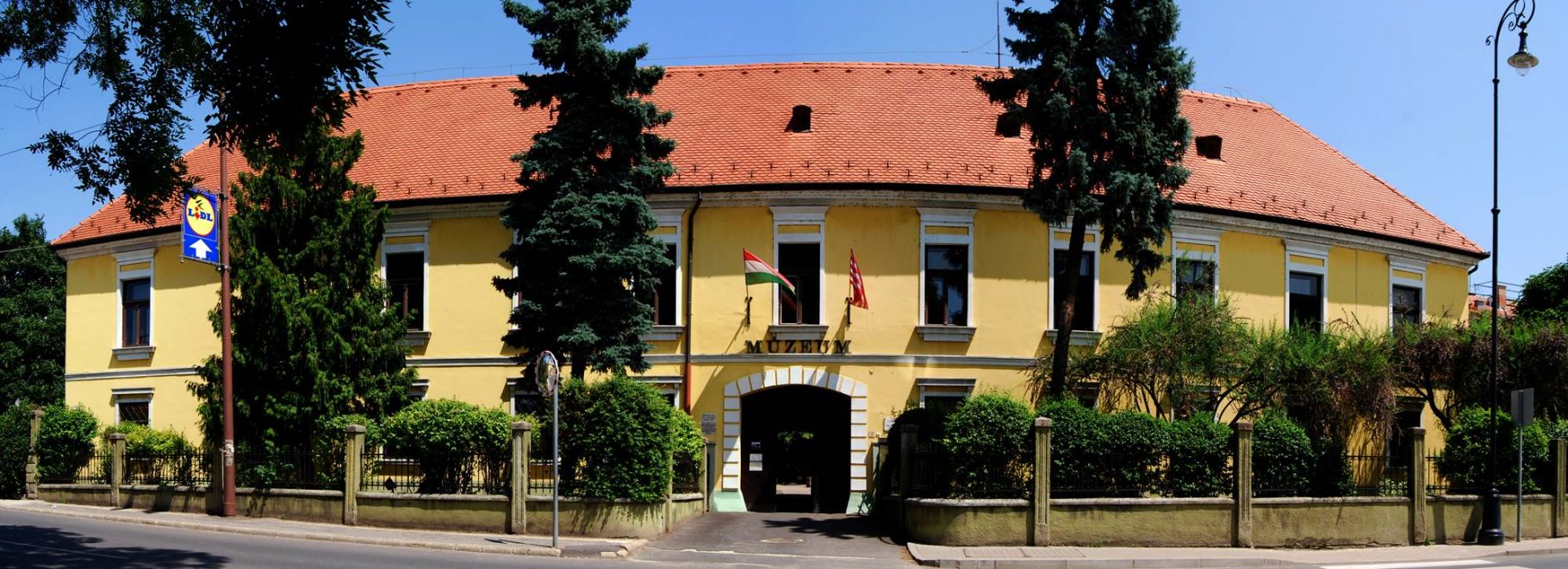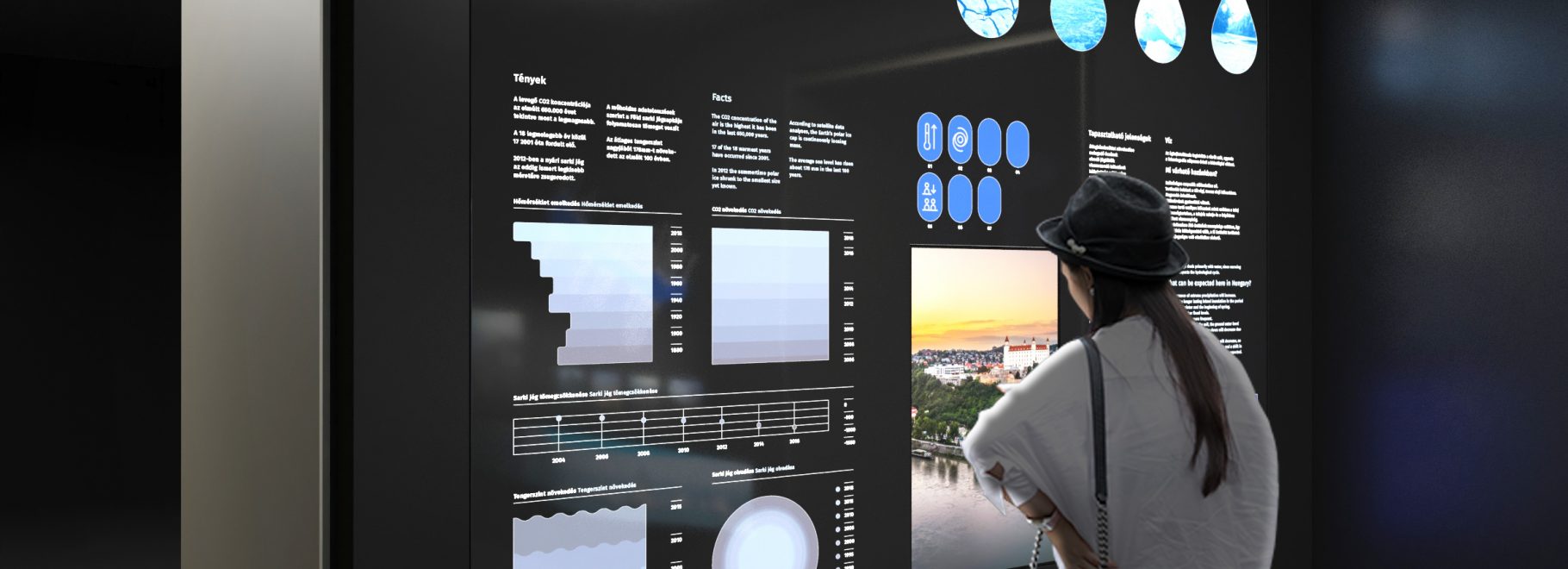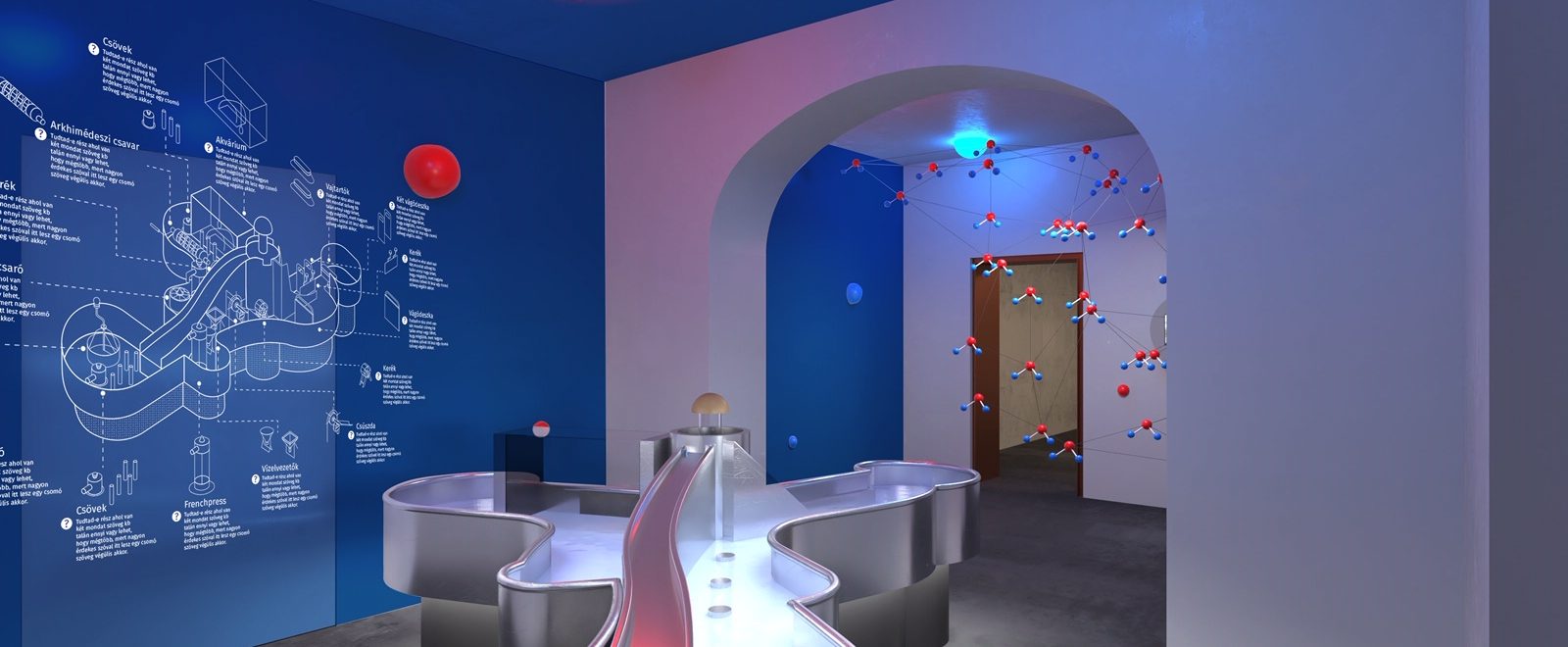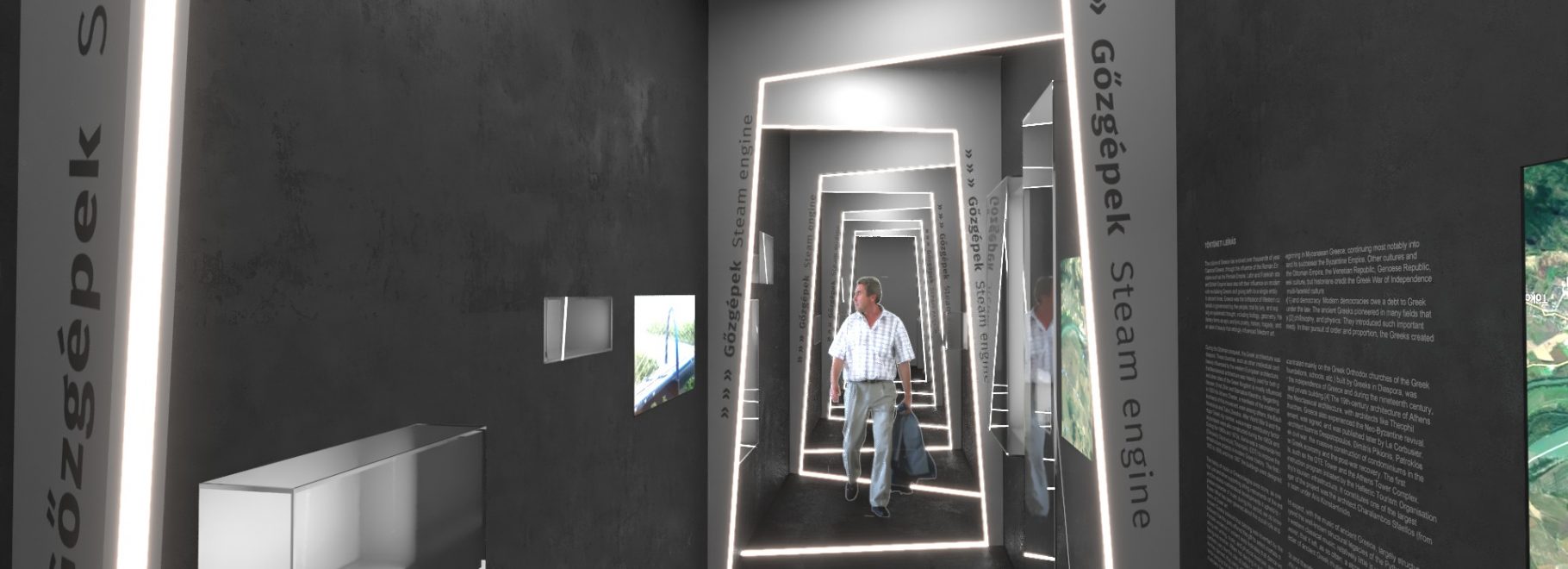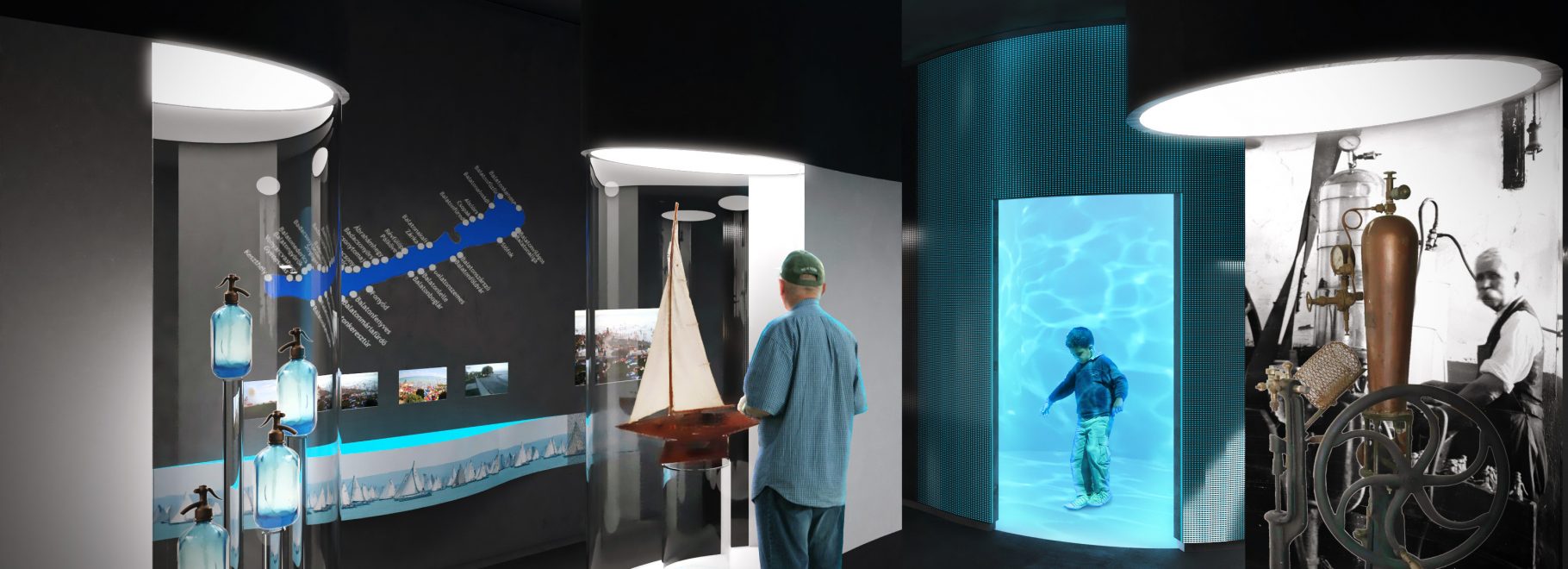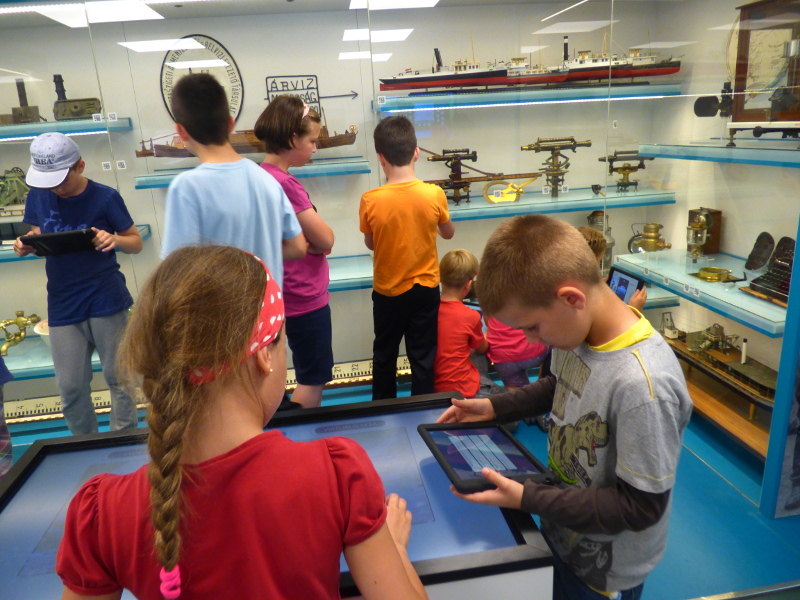The Hungarian Water Management Museum was established by the National Water Authority, with the primary intention of noting down and registering the documentation and material relics that are traceable concerning the hundred-year-long past of water management, and to present them, and to present them in exhibitions – thus serving the development of future generations, and furthermore to become the informational basis of water management service.
In the diversified collection of the material section we can find the instruments and tools of hydrological mapping, the tools and equipment used by the navvy working at the regulation, the models of different working ships and the tools of the shipwrights; the pieces connected to the building and cleaning of canals as well as the old fishing tools from a separate unit. The historical picture collection preserves many engravings and archive photographs that immortalised the natural conditions before the regulations and smaller and bigger events of water history. The manuscript and printed maps preserved in the Museum are in many aspects unique doc8uments of the development of the Hungarian landscape.
Amazing part of the Museum the Visible Storage. The unique compilation of our visual storage opened in 2015 exhibits our diverse collections in a peculiar way: it is both innovative and entertaining, and prompts you to learn more. You can seize the opportunity to make discoveries on your own, but you can also gain shared experience. Who made it? What material is it made of? How was it used? Who sent it? The Danube Museum’s visual storage answers all these questions as well as several others. Furthermore, you may get insight into the professional. The world of the museum beyond the exhibitions becomes visible and tangible.
The Hungarian Museum for Water Management and Environmental Protection has become an organic part of the domestic museum network dealing with the history of technology. Its collection and the data and information hiding in them – thanks to computerised processing – and more and more available on the Internet as well.


